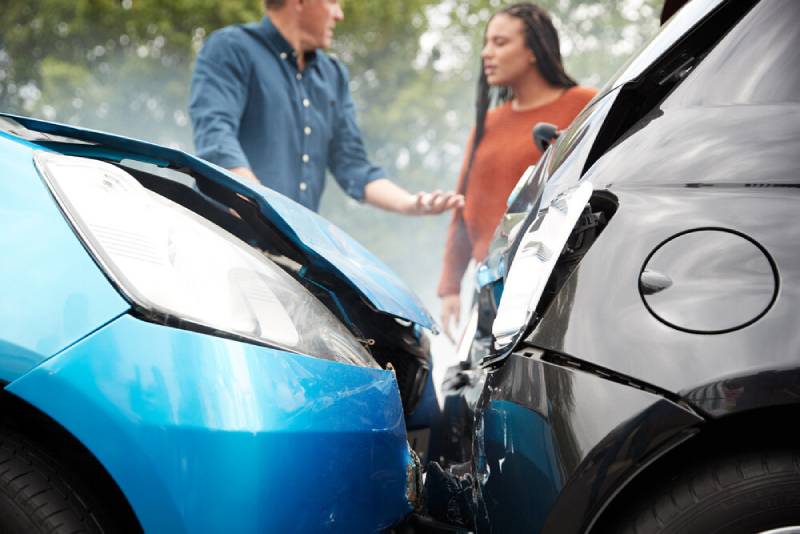Accidents of all types can be confusing legal situations that get even harder to understand when more than one person shares negligence in the situation. For example, if the plaintiff and the defendant are found to be negligent in a case, how does the settlement get paid? Thankfully, legal professionals like Mann Law Firm can provide you with the help that you need to understand these types of cases and ensure that you get the legal protection required to ensure you get the payment that you deserve in a severe accident.
Shared Negligence is Not Uncommon
Negligence in an accident isn’t always a one-way street. Though there are cases when a speeding car is clearly at fault or when it is possible to shift all blame to one individual, shared negligence may be much more common. Shared negligence concepts dictate how much each person pays in an accident by splitting the responsibility between them and creating a payment package based on these factors.
Most states use what is known as a comparative negligence concept to gauge this type of balanced blame. This legal idea assigns responsibility to each person in the accident on a percentage scale that must add up to 100 percent. For example, courts may dictate that the defendant was 70 percent to blame for the accident, and the plaintiff was 30 percent to blame. Typically, this occurs if the other driver was also behaving in inappropriate ways, such as speeding or trailing a driver too closely.
When comparative negligence is utilized, the person who has the highest percentage of blame will end up paying a settlement. However, they don’t pay the full price of the settlement – instead, they pay a percentage based on their negligence. The party with a lower amount of blame may end up paying their percentage of the settlement – usually in the forms of insurance coverage in both cases.
By contrast, contributory negligence – which is used in fewer states – negates the claim if the drivers were found to be equally at fault for an accident. In some states, it may be possible that a driver who committed any negligence in an accident could see their claim denied. As a result, both parties will end up paying for the settlement equally, which can be frustrating for those who were injured.
This concept is used in fewer states because it is harsher and is harder to track. The exact rules for both comparative and contributory negligence vary based on state, which means it is crucial to research before attempting a lawsuit. Proving negligence hinges on a variety of factors that must be carefully balanced and fully understood before attempting any type of lawsuit.
Proving Negligence in These Cases
It is essential to understand the four elements that dictate negligence in any accident case. These concepts are common throughout all the states, creating a uniform understanding that makes it simpler to pursue and prove accident lawsuits. The four concepts are defined as a legal duty owed to the plaintiff by the defendant, a breach of that duty by the defendant, an injury by the plaintiff as a result of that breach, and proof that the defendant’s actions caused that injury to the plaintiff.
Legal duties owed to the plaintiff are probably the most confusing element of these legal ideas. In essence, it states that the defendant owed some level of security or protection to the plaintiff. For example, all drivers on the road have a legal duty to every other driver to drive safely and not cause an accident. An accident would be a breach of this duty by its very nature, which makes this factor easier to prove in car accident cases but sometimes more challenging in others, such as slip and fall cases in front of business buildings.
Also, WHY ATTORNEYS SHOULD BUILD A RELATIONSHIP WITH CLIENTS
The injury caused to the plaintiff should also be self-evident in most cases. For example, a person who gets in a car crash caused by another person may have extensive physical damage to their body and their car. However, they may also suffer emotional injuries that are harder to prove, as well as financial damage caused by the loss of their car and other factors, such as missing work.
The most challenging part of any case of this type is proving that the accident caused the injury. In this situation, the defendant will try to use shared negligent concepts to show that the other driver contributed to the accident. Or they may try to claim that a person’s back injury was not caused by the accident because the intensity of the crash wasn’t severe enough to trigger it.
Evidence accepted at this type of trial includes physical items like photographs, testimony from police, doctor statements, and eyewitness examinations of the scene by bystanders. In a civil case, the winner is whoever has a preponderance of the evidence or the individual who has the most evidence proving their case. But the courts ultimately decide the percentage of blame that affects a settlement payment.
